Glacier National Park can be easily confused with Glacier Bay in Alaska. The national park discussed in this article is located in the northwestern part of the state of Montana, near the border with Canada. It includes two ridges of the Rocky Mountains, over 130 lakes, and is a favorite among hikers. It’s a great place for you to visit.
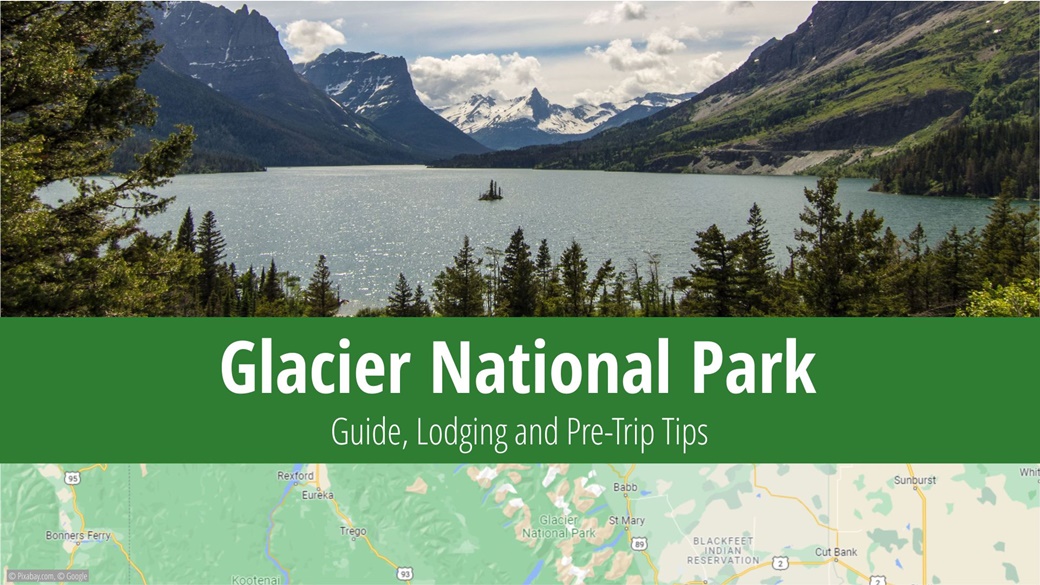
Table of Contents
- Information About Glacier National Park
- What to See and Do in Glacier National Park
- When to Go to Glacier National Park
- Glacier National Park Entrance Fees
- Getting to Glacier National Park
- Accommodation in Glacier National Park
- Advice and Recommendations Before Travelling to Glacier National Park
- Photos of Glacier National Park
Information About Glacier National Park
Glacier National Park was established on May 11, 1910, and is one of the oldest in the USA. The entire area was formerly inhabited by Native Americans, with the Blackfoot tribe residing in the eastern part of Glacier and the Flathead tribe in the western part, before the arrival of Europeans. Throughout the region, there are another 350 protected historic sites, such as old hotels and railroad stations. The park is predicted to lose another signature feature by 2050 – the mountain peaks will no longer be covered in snow due to warming.
The area of Glacier National Park is 1,584 sqmi. In 2021, it was visited by 3,081,656 people.
Glacier National Park is known as a hiking paradise, as it is crisscrossed with a network of 702 mi of trails. The highest point in the park is Mt. Cleveland, standing at 10,449 ft.
Glacier National Park is home to more than 70 species of mammals and has the highest number of grizzly bears of any of the lower 49 states in the USA. In addition, you can see chamois, squirrels, bats, wolves, deer, and coyotes.
The spectrum of plants in Glacier is even broader – there are about 1,132 species of vascular plants, 20 different species of trees, 93 woody shrubs, 804 perennials, and 855 species of mosses and lichens. Because of this diversity, Glacier is considered the king of ecosystems on this continent.
The park has served as a filming location for a number of more or less well-known movies – Forrest Gump, Stanley Kubrick’s horror film The Shining and The River Wild with Meryl Streep were filmed here.
What to See and Do in Glacier National Park
As mentioned above, Glacier National Park is a hiker’s paradise. More than half of the park’s visitors engage in hiking, and the following destinations are particularly noteworthy:
Sperry Glacier Overlook
The hike for a fantastic view of the Rocky Mountains starts at Sperry Chalet and is less than 4 mi long. It’s quite steep, but the breathtaking views of the Little Matterhorn, Mount Reynolds, and Bearhat Mountain, and possibly chamois, are well worth it.
McDonald Lake
The park’s largest lake is 10 mi long and over 492 ft deep. Surrounded by massive mountains still covered in snow, it also serves as the starting point for the popular Trail of the Cedars and Avalanche Lake Trail.
Iceberg Lake
Iceberg Lake is a popular spot in the park and can be reached via a 4 mi trail from the Swiftcurrent Inn.
All hikes come with free maps to help you plan your adventure.
If you have a car, take a drive on the park’s most popular road, Going-to-the-Sun Road. During the 50 mi drive through the wilderness, you’ll see Lake McDonald, the St. Mary Valley, and the highest point on the road – Logan Pass. The short detour also takes you to the popular Two Medicine area, a sacred site for Native Americans.
You can also drive along State Highway 49, aka Looking Glass Hill Road. You’ll be rewarded with spectacular views of Two Medicine Lakes, but please drive carefully. The slopes around the road are steep and without guardrails.
If interested, you can also participate in activities organized by the park rangers themselves. These include guided hikes, lectures, and more.
When to Go to Glacier National Park
Glacier National Park is accessible year-round, however, some parts of the park may be closed during the winter due to adverse weather conditions. It’s always a good idea to check the current weather forecast, as it can change from one day to the next:
Traditionally, most visitors head to Glacier in the summer from June through September, when the weather is usually at its best.
In the fall, there are fewer visitors, and the changing leaves give Glacier a magical touch, but you should expect some facilities (like campgrounds) to close in late September. Fall is also a great time for wildlife viewing.
Winter in Glacier is characterized by snow. Most of the trails in the park are not snow-covered, making snowshoeing or skiing popular activities. Spring in Glacier NP tends to be short, with winter usually giving way to warmer weather quickly. From March onwards, most of the snow-covered trails are plowed.
Average Temperatures and Visitor Numbers in Glacier National Park
Average temperatures in Glacier National Park. Visitor numbers are based on a 2017-2021 average. The data source is the National Park Service.
| Max Temp | Min Temp | Precipitation Days | Visitors | Popularity | |
|---|---|---|---|---|---|
| January | 30 °F | 18 °F | 8.2 | 15 917 | 🟩 |
| February | 36 °F | 21 °F | 6.4 | 14 135 | 🟩 |
| March | 45 °F | 27 °F | 8.1 | 23 463 | 🟩 |
| April | 55 °F | 34 °F | 7.2 | 42 095 | 🟩 |
| May | 64 °F | 41 °F | 8.9 | 179 902 | 🟨🟨 |
| June | 72 °F | 46 °F | 9.8 | 558 722 | 🟥🟥🟥🟥 |
| July | 81 °F | 50 °F | 5.6 | 882 137 | 🟥🟥🟥🟥 |
| August | 81 °F | 48 °F | 4.8 | 753 447 | 🟥🟥🟥🟥 |
| September | 70 °F | 41 °F | 5.7 | 465 725 | 🟥🟥🟥🟥 |
| October | 54 °F | 32 °F | 6.9 | 96 042 | 🟩 |
| November | 39 °F | 27 °F | 8.7 | 22 676 | 🟩 |
| December | 28 °F | 18 °F | 8.7 | 15 538 | 🟩 |
Glacier National Park Entrance Fees
To enter Glacier National Park, you will be charged a fee of $35 between May 1 and October 31, and $25 in the winter period from November 1 to April 30. The fee covers the whole car and all occupants. If you enter the park on foot, the cost is $20.00 in summer and $15.00 in winter.
In all instances, the entrance fee is valid for seven days.
Additionally, during the peak season, it is mandatory to reserve admission to Glacier Park if you plan to use the Going-to-the-Sun Road Corridor or the North Fork area. It’s advisable not to wait until the last minute.
If you plan to visit multiple national parks as part of a road trip across the USA, consider purchasing the America the Beautiful pass. With it, you can travel freely to any national park or monument in the USA within 365 days of first use. The price of the America the Beautiful – Annual Pass is $80.
Getting to Glacier National Park
The easiest way to reach Glacier National Park is by car. Distances and approximate drive times from nearby towns are as follows:
| From / To | Distance | Driving Time | Map |
|---|---|---|---|
| Calgary | 198 mi | 4 hours | View Route |
| Minneapolis | 1,109 mi | 17 hours | View Route |
| Salt Lake City | 661 mi | 10 hours | View Route |
| Seattle | 556 mi | 9 hours 15 minutes | View Route |
Alternatively, you can take the train to East Glacier and West Glacier stations, though the prices tend to be high.
Accommodation in Glacier National Park
🏨 Hotels
A variety of motels, hotels, and lodges offer accommodation in and around Glacier National Park. Most are located in the Coram, West Glacier, and Pinnacle areas.
⛺ Campsites
If you prefer to camp or sleep under a tent, consider using the Apgar Campground, Fish Creek Campground or St. Mary Campground. The cost for a night at the former is $65, and at the latter two, $23.00. The fee is per tent site, not per person. You can reserve your pitches online in advance.
Advice and Recommendations Before Travelling to Glacier National Park
ℹ️ Visitor Center
The park’s eight centers are readily available to serve visitors, with the Apgar Visitor Center open year-round. At these centers, you can purchase souvenirs, inquire for more information, or perhaps obtain a permit. They typically operate from morning until evening.
👍 Good to Know
Between early July and early September, you can use free shuttle buses for transport within Glacier National Park. Tickets are not required to board these shuttles, but keep in mind that they fill up fairly quickly. The shuttles run across the entire park at intervals of 15-30 minutes (western part of the park) or 40-60 minutes (eastern part). The first vans depart at 7:00 a.m., with the last ones leaving at 7:00 p.m.
If you plan to spend the night in the park and undertake wilderness hikes, consider carrying bear pepper spray. It may sound humorous, but it’s serious advice. The park is home to a substantial bear population, and this spray could potentially save your life in the unlikely event of an attack. The spray should be directed at the bear—it doesn’t function as a repellent. “Bear pepper spray” can be borrowed from the visitor center.
Before visiting the park, we recommend downloading maps and very helpful brochures from the National Park Service onto your phone. They will come in handy.
Photos of Glacier National Park
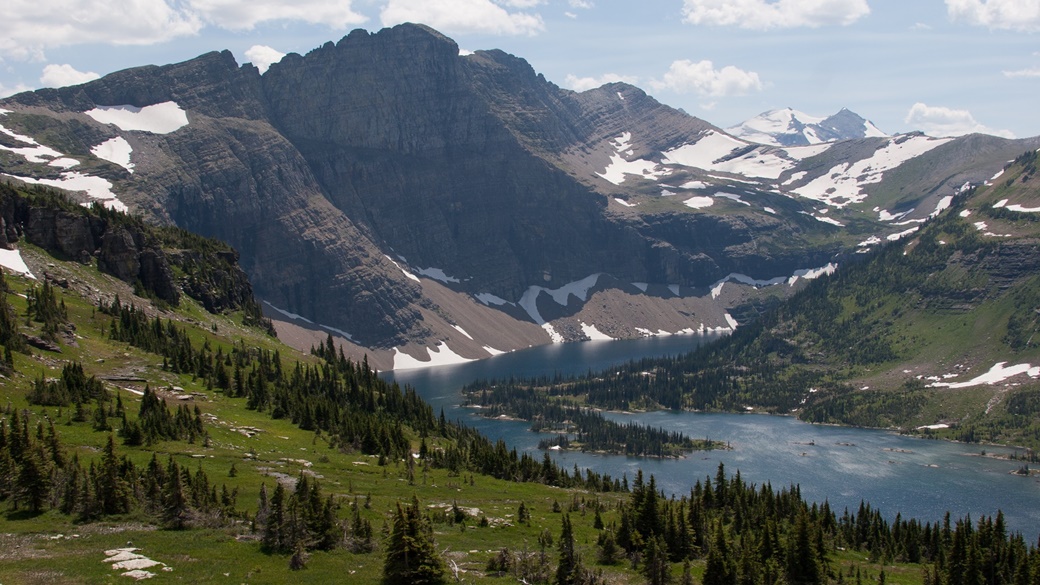

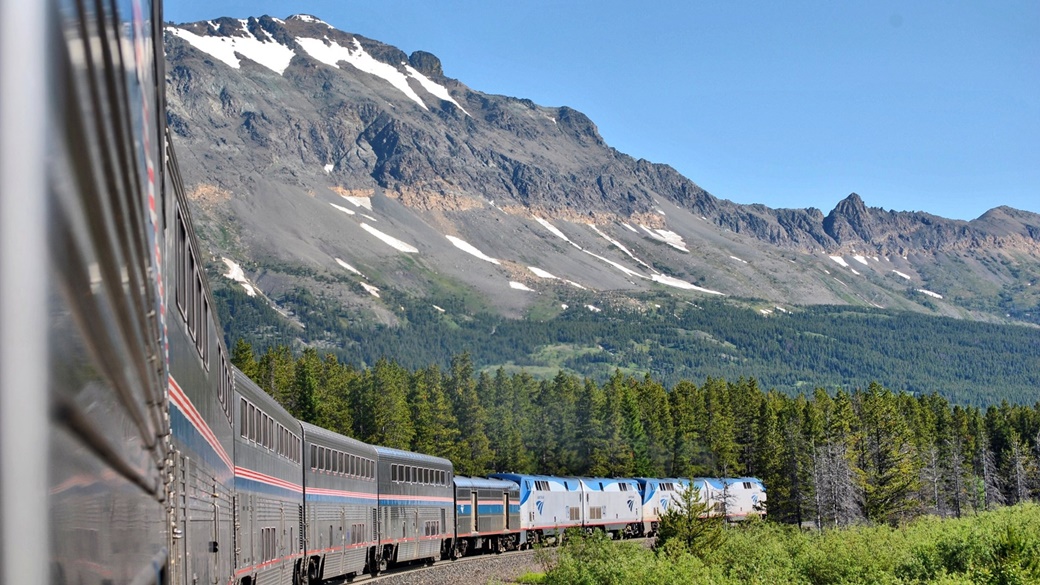
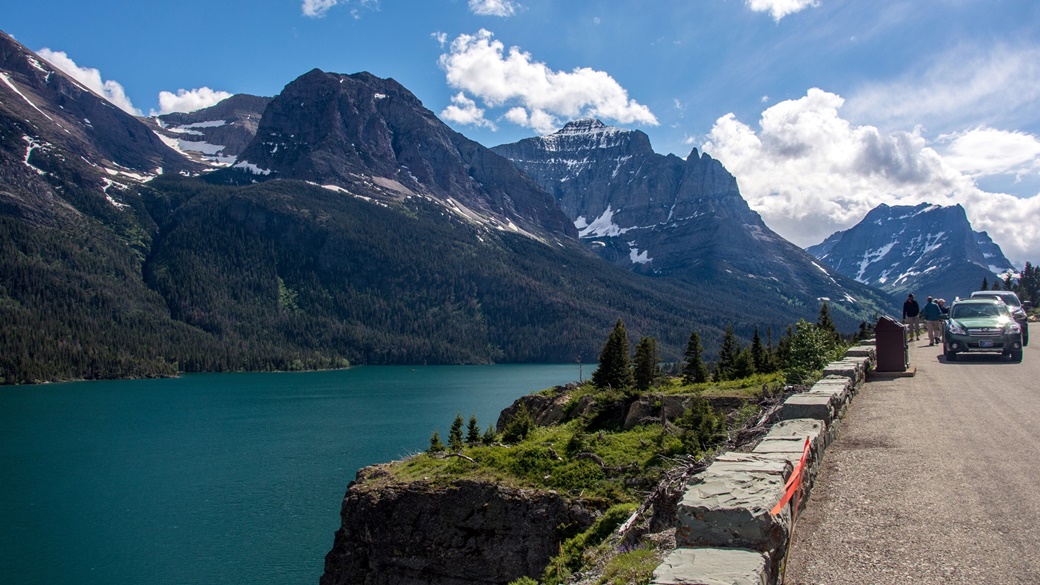
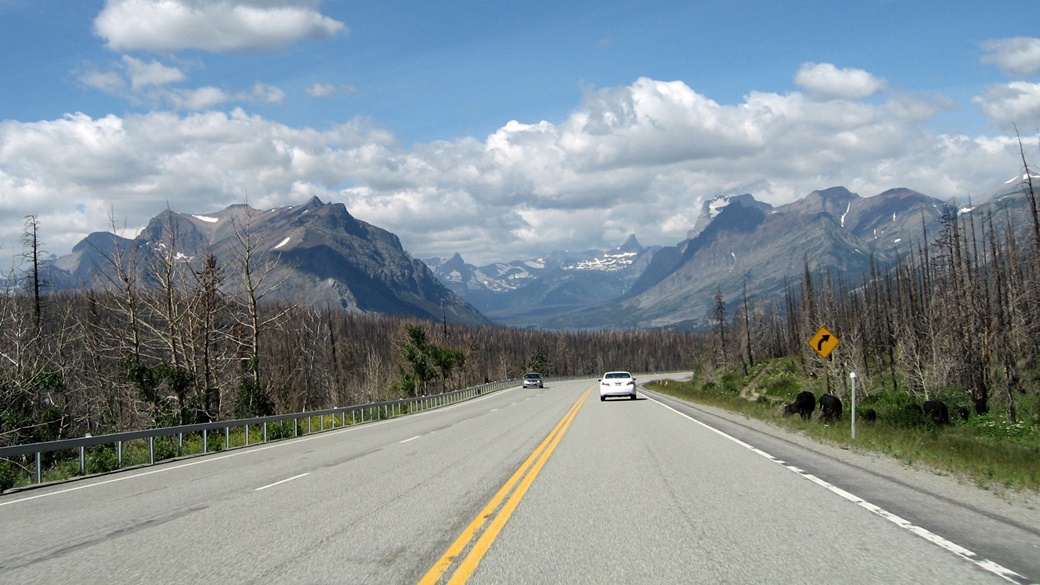
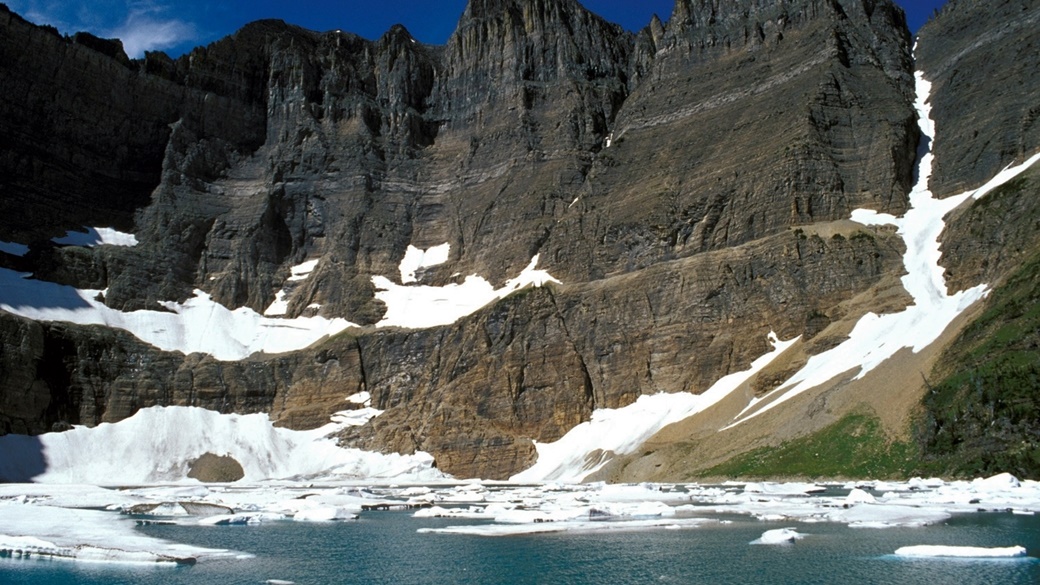

US National Parks
- National Parks of the USA – Map, List and Annual Pass
- America the Beautiful Pass 2025 – How It Works, Cost & Parks
- Timed-Entry Reservation for US National Parks (2025 GUIDE)
Travel Guides to USA National Parks

 10 Best Photo Places in the USA
10 Best Photo Places in the USA

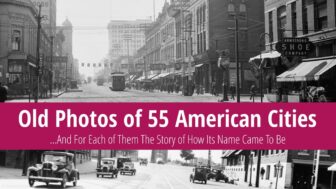


Contribute with Your Question or Personal Experience